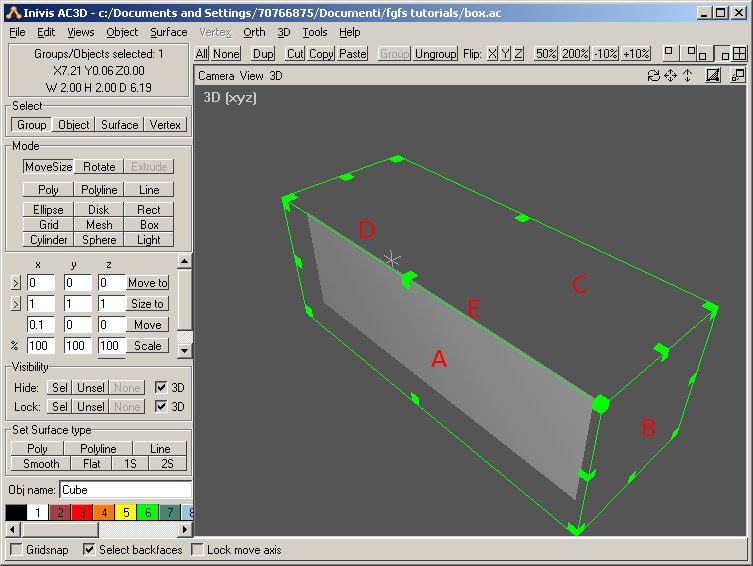
There exist some feature points which are not able to be detected from pure geometric characteristics, particularly in those measurement tasks related to the human body. The extraction and location of feature points from range imaging is an important but difficult task in machine vision based measurement systems. The lateral and depth resolution of the integrated image is limited by some factors such as the image position, object thickness, the lens width, and the pixel size of display panel.


We perform an experiment with different lens arrays and compare the results. This helps us to analyze the basic IP system. In addition, since it is easy to change the shape or size of elemental images in this scheme, we can observe the effect of several viewing parameters. If each camera picks a scene which is a part of total view and elemental images are generated so that each scene has different depth, real objects captured by ordinary cameras can be displayed in quasi-3D. Moreover, this method can be applied to a quasi-3D display system.
#Ac3d make transparent full#
As a result, autostereoscopic images with full color and full parallax were observed in real time. The animated image can also be presented by the time-varying elemental images.

Since this system is composed of only one lens array and conventional display devices, it is compact and cost effective. In CGIP, the elemental images of imaginary objects are computer-generated instead of using pickup process. In this paper, we propose a CGIP (Computer-Generated Integral Photography) method and verify its feasibility.
#Ac3d make transparent free#
Our results show an improvement in the resolution of images with artefact free and also the rendered stereo content are played back on polarized stereoscopic system and anaglyph system to perceive the 3D depth using filter glasses in our experimental section. We have carried out experiments with focused ploneptic camera on a single stage omnidirectional integral camera arrangement with capturing both horizontal and vertical parallax, using a low cost lens array and relay lens. In this paper presents motion picture image rendering on holoscopic content to generate content for stereoscopic systems. Where researchers so far have been experimenting on still images. This is the first experiment attempted to generate stereo form holoscopic content on motion captureing. The rendering method relied on upsampling, shift and integrating of different views to extract stereo images. The camera is known as light field camera, which was first proposed in 1908 by lippmann. The idea of single aperture camera reduces the very cumbersome and expensive of dual cameras in stereoscopic pro-duction. In this paper a single aperture motion picture camera based on holoscopic imaging used to generate high-resolution stereoscopic image. Experimental results show validation of the new algorithm (AMRTST) and for the first time a 3D content of file formats are developed, and tests on an adapted Multiprocessor ray tracing system and on Ac3D package some scenes are tested such as teapot, car, roses and human-body.
#Ac3d make transparent software#
Therefore a file formats (scene description file) are developed for an Adapted Multiprocessor Ray Tracing System "Tachyon" (AMRTST) and for Ac3D computer graphics software package as well the new file formats are created by uses 3D unidirectional camera parameters. The most important is being 3D model file format as there are many 3D modelling application available in the market and support different file formats. In this paper, the main objective is to provide new file formats as raw material for full parallax computer generated 3D Holoscopic content, based mainly on Adapted Multiprocessor Ray Tracing System, displayed on auto-stereoscopic. 3D Holoscopic imaging (also referred to as Integral Imaging) is a technique for creating full colour 3D optical models that exist in space independently of the viewer.


 0 kommentar(er)
0 kommentar(er)
